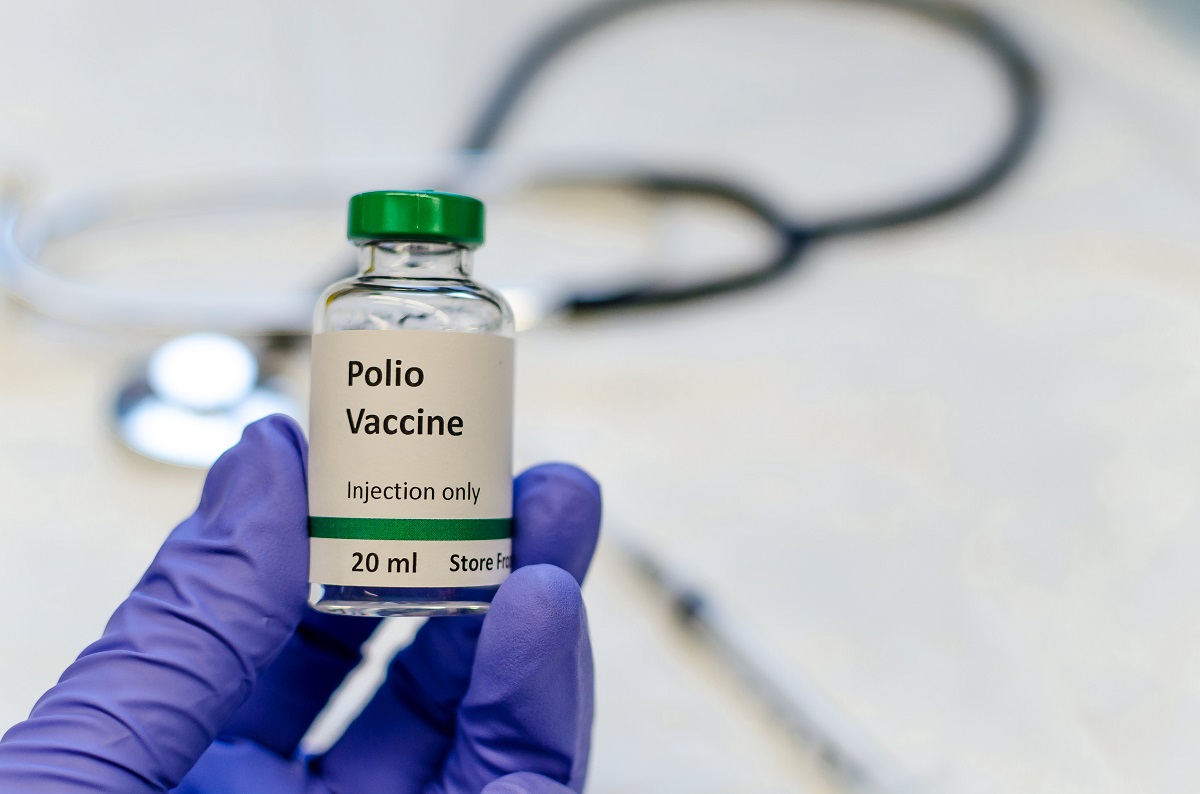
Nationwide Polio Vaccination Campaign for Children in Nepal
The government of Nepal is launching a nationwide polio vaccination campaign targeting children born between 2073 Baishakh and 2075 Ashoj. Many children born during this period missed the polio vaccine due to a global shortage. This campaign aims to ensure these children are vaccinated and protected from polio.
Campaign Details
- Start Date: Jestha 13
- Duration: Two weeks (Jestha 13 to 26)
- Target Group: Children under eight years old who missed their polio vaccinations
- Vaccination Centers: Nearest vaccination centers across Nepal
Campaign Objectives
The primary goal of the campaign is to ensure no child is left without polio protection. Dr. Vivek Kumar Lal, head of the Family Welfare Division, emphasized the importance of reaching all eligible children during this period.
Polio Vaccination History
Since 2071, Nepal has been administering the polio vaccine through injections, previously offered both orally and by injection. This campaign focuses on providing the Inactivated Polio Vaccine (IPV) to those who missed their doses during the global shortage from 2073 Baishakh to 2075 Ashoj.
Global and Local Context
- Last Polio Case in Nepal: 2010 in Mahottari
- Current Risks: Neighboring countries like Pakistan and Afghanistan, and several African countries still report polio cases.
- Recent Data: Five polio cases each in Pakistan and Afghanistan last year
Campaign Logistics
- Vaccines to be Used: 1.6 million 24 thousand doses
- Targeted Children: 1.4 million 62 thousand 712 children
- Investment: 32 crores, funded 25% by the Nepalese government and 75% by Gavi, the Vaccine Alliance
- Manpower: 8,590 volunteers, 5,188 vaccination centers, and 40,295 health workers
Understanding Polio
Polio is a highly infectious disease caused by a virus transmitted through contaminated food and water. It primarily affects children under five but can infect individuals of any age. The disease can lead to paralysis and, in severe cases, death. There is no cure for polio, making vaccination the only effective prevention method.
Conclusion
This critical vaccination campaign underscores Nepal's commitment to public health and the eradication of polio. Ensuring that all eligible children receive their polio vaccine is a crucial step towards maintaining a polio-free status and protecting future generations from this debilitating disease.





